This article provides an overview of computer vision for education solutions, from improving services and education to increasing safety and security at schools, state colleges, and universities. As Artificial Intelligence (AI) vision technology is advancing rapidly, more use cases are introduced in the education sector. EdTech applications include personalized learning and vision-based methods to assess the student’s attention and teacher performance.
In the following, we will cover
- Computer Vision and image recognition
- Applications of Education AI at schools and universities
- How to get started
About us: Viso.ai provides the leading end-to-end Computer Vision Platform Viso Suite. Our technology automates how teams can build, deliver, and scale their computer vision applications. Get a demo for your company.
Computer vision technology
Generally, computer vision systems cover three basic steps:
- (1) acquiring the video frames from a camera,
- (2) processing the image with AI algorithms, and
- (3) understanding the image.
Recently, new deep learning technologies brought great advances in the field of image recognition. State-of-the-art machine learning methods, especially deep learning models, are highly robust and provide accurate real-time object detection and image classification. Hence, AI vision can perform video analytics with the video of common surveillance cameras, IP cameras, or USB webcams.
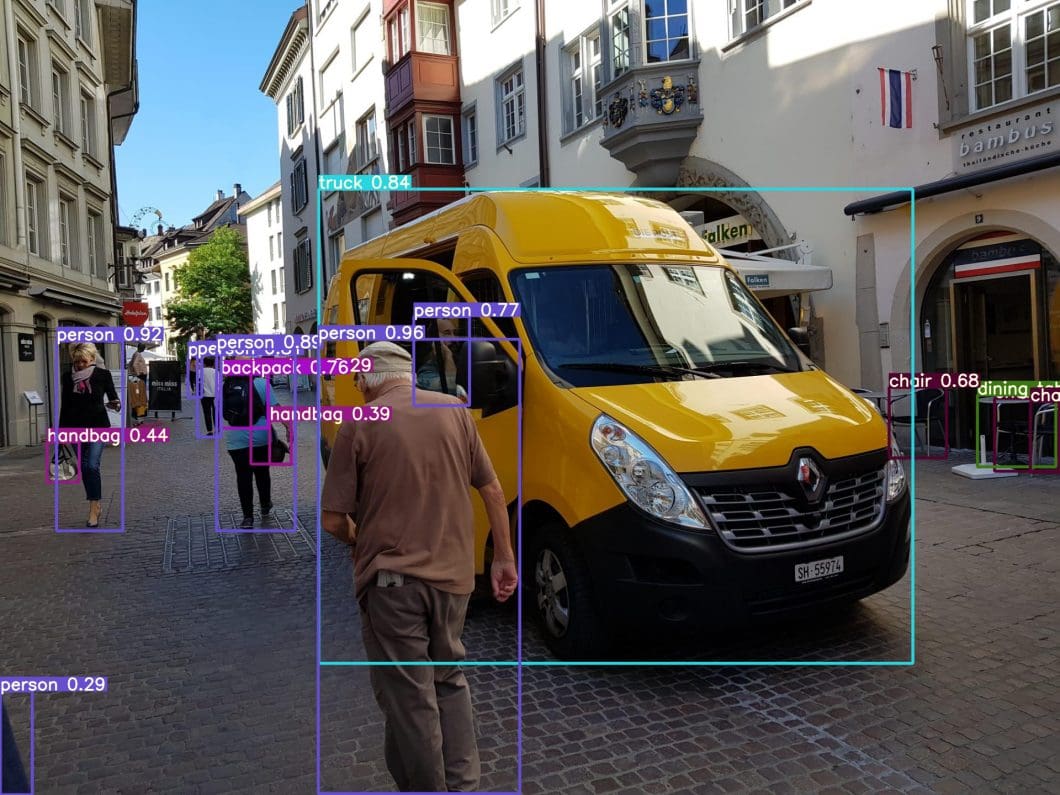
New computing architectures make it possible to run deep learning anywhere. In computer vision, Edge AI combines Edge Computing with on-device Machine Learning (ML) in distributed AI vision systems. Such Edge ML technologies make computer vision for education private, scalable, and robust enough to be implemented in public places and on campus.
Applications of computer vision in the education sector
- Application #1: AI for Security at Schools
- Application #2: Real-time Indoor Mapping
- Application #3: Parking Management System
- Application #4: Intrusion Detection in Universities and Schools
- Application #5: Vandalism Prevention Systems
- Application #6: Detect Suspicious Unattended Objects
- Application #7: Facial Emotion Analysis
- Application #8: Attendance Monitoring
- Application #9: Crowd Analysis
1. AI for security at schools
Computer vision systems provide security at schools by scanning and analyzing video footage to detect any suspicious activity such as loitering, intrusion detection, or the detection of abnormal events. This helps to keep students and staff safe by identifying potential threats before they can cause harm.
In addition, computer vision systems can also be used to monitor traffic flow and parking lot congestion, helping to optimize the layout of the school campus for safety and efficiency. Check out our other article about security applications.
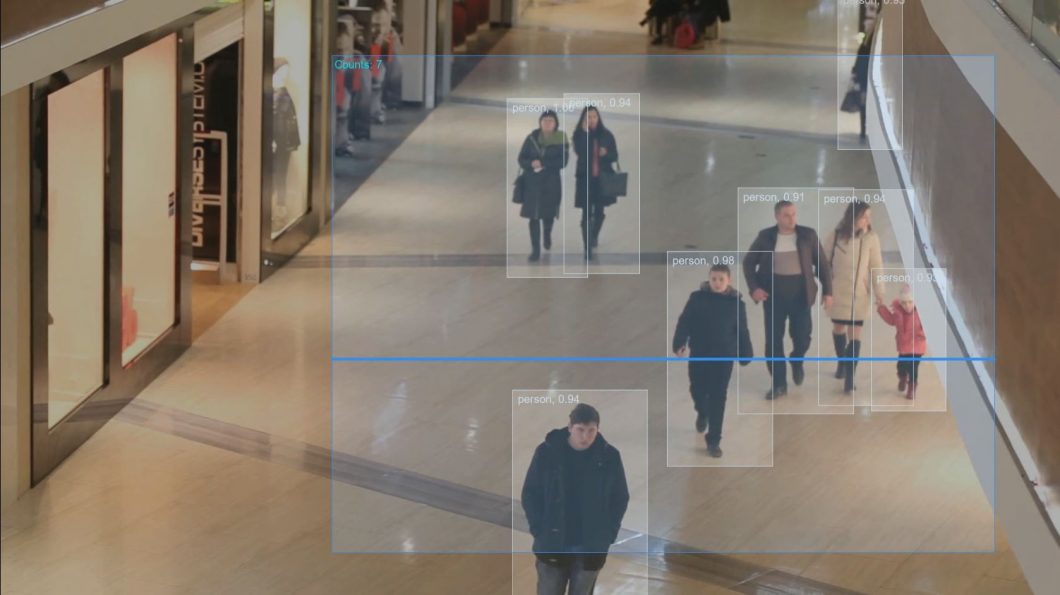
2. Real-time indoor mapping
Computer vision can be used to create digital maps of classrooms and provide real-time information about the movement of students and staff across different rooms and areas. Therefore, common security cameras can perform person detection and counting, and the information is used to optimize occupation and increase the efficiency of various occupation-based services (cleaning, catering, building heating/cooling).
Furthermore, the information on whether and where people are in buildings is of great importance in emergencies, to accelerate and facilitate evacuation and emergency response plans.
3. Intelligent parking management
Vision systems are widely used for parking lot occupancy detection at schools or universities. Cameras that are also used for security surveillance provide a video feed that can be used to automatically determine and track the occupancy of multiple parking slots.
The information about available parking lots can be visualized in dashboards and sent to third-party systems to provide real-time data to students and teachers. Such systems are highly scalable for large-scale use, and they are used to optimize traffic flows and improve efficiency.
Lot occupancy monitoring
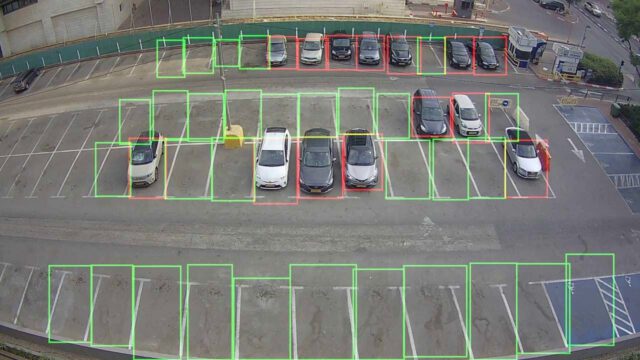
4. Intrusion detection in universities and schools
Deep learning systems can be used with common surveillance cameras to perform perimeter monitoring and detect intruders automatically.
Intrusion detection
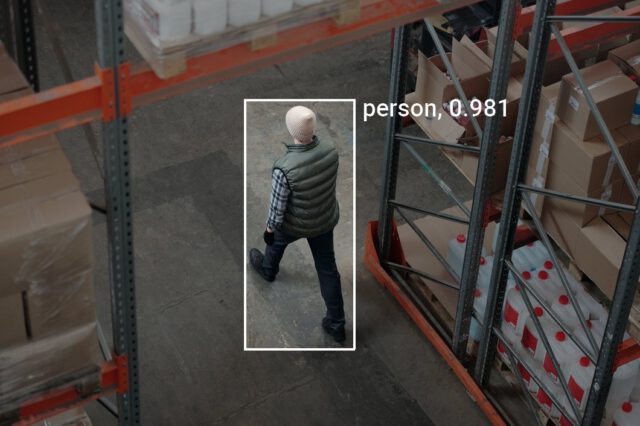
5. AI vandalism prevention systems
Computer vision-based people detection systems can detect suspicious behavior that leads to vandalism and send an alert to on-site personnel. A vandalism prevention system performs person detection to recognize people who enter specific areas.
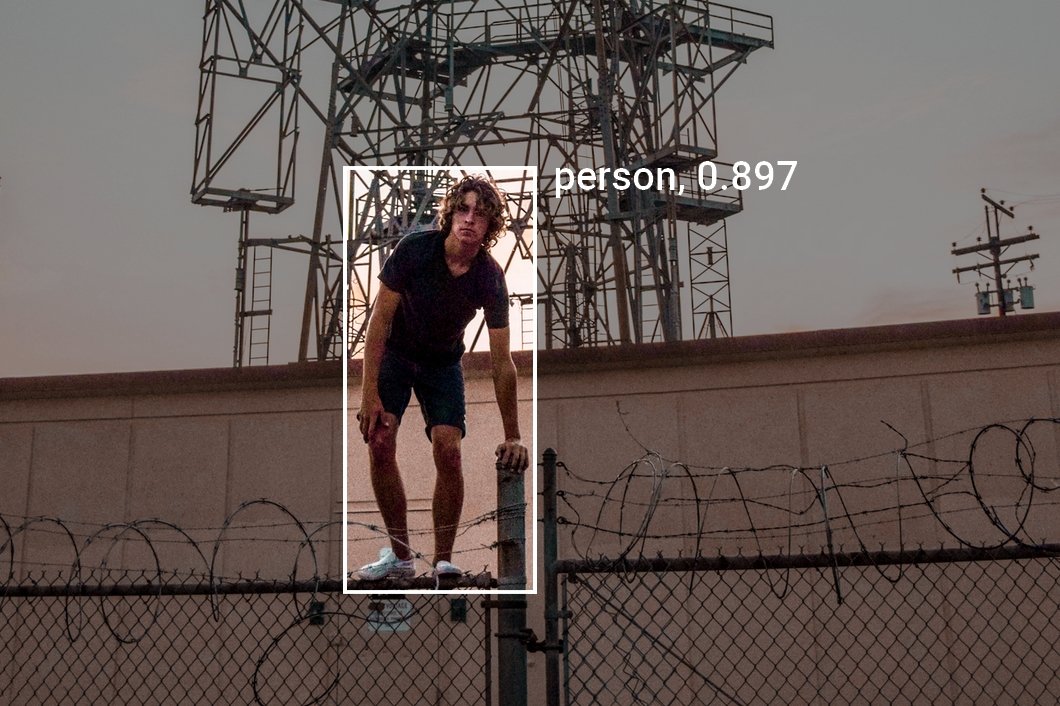
6. Detect suspicious unattended objects
In traditional video surveillance, personnel have to watch multiple video streams continuously to identify critical situations. Deep learning is used in security applications to perform real-time video analytics using the images of common surveillance cameras.
Hence, object detection can identify unattended objects that might pose a threat and trigger an alert for human review.
Abandoned luggage detection
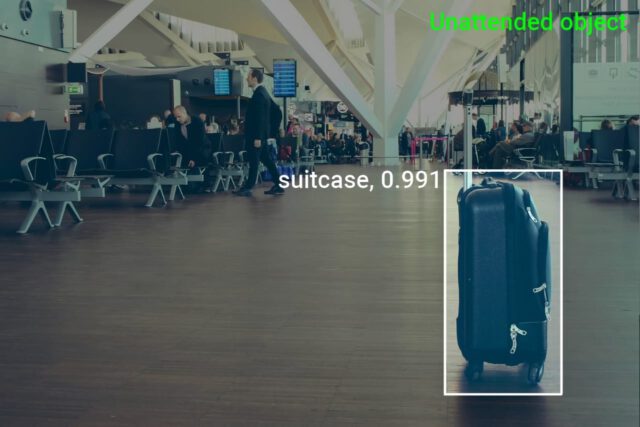
7. Facial emotion analysis
Deep neural networks have been used to recognize student’s emotions from facial expression analysis. In education, the information on facial emotion recognition can help teachers adjust their lessons accordingly. Such a method provides a quantifiable, continuous, and automated way to support evaluating a teacher’s service quality.
The technology is still new and requires privacy-preserving implementation (using special cameras or Edge AI for on-device machine learning).
Facial emotion analysis
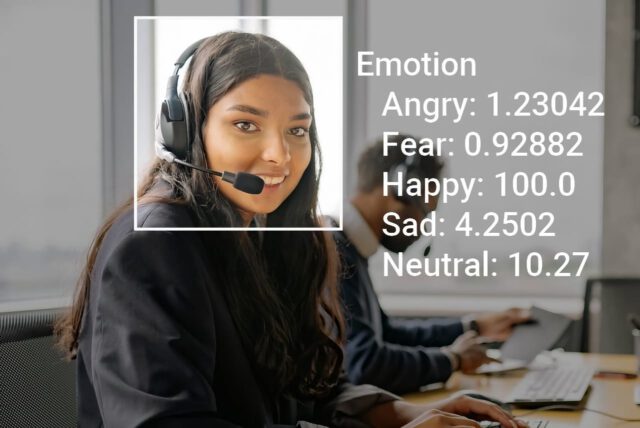
8. Automated attendance monitoring
Deep face recognition systems can be used in attendance monitoring systems. The video of common inexpensive CCTV cameras can be analyzed with deep learning to automatically detect people and perform face recognition to identify students and register their attendance.
please provide a valid slug
9. Crowd analysis
Vision systems are used for crowd analysis, to count people, and to estimate crowd density at public places and facilities in educational institutions. Deep learning algorithms can identify bottlenecks, recognize dangerous situations, overall adherence to safety protocols, and notify security personnel.
Such image recognition systems are fully contactless, automated, and easy to implement computer vision using common, inexpensive cameras without additional sensors and cabling. Vision-based methods are suitable for large-scale monitoring and can run autonomously and without human operators.

The bottom line
As online education is still in its nascent stages of development, the advancement in EdTech can lead to new implementations. Currently, computer vision systems are mostly used for security and safety purposes. However, there is a big potential for Computer Vision in the EdTech industry to improve the quality of educational services.
If your team is looking to rapidly build and deliver computer vision applications in schools, colleges, or universities, check out our computer vision platform Viso Suite. The enterprise solution provides optimized all-in-one tools, AI algorithms, device management, and software infrastructure to develop and operate large-scale deep-learning vision solutions. Get in touch with our team and send us your requirements.
What’s next for computer vision in education?
Read more about other use cases in different industries or learn about the deep learning technology behind modern computer vision.
